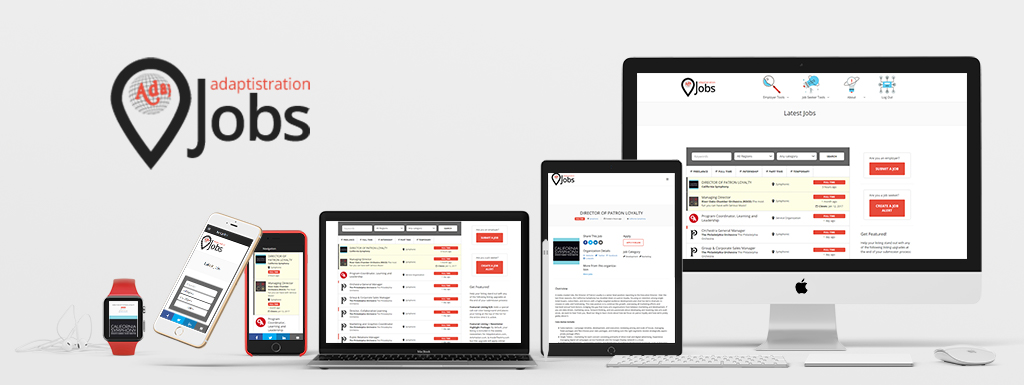Regular readers know that I am a big proponent of process. In just about every professional situation I encounter, whether my consulting work or blog posts, most problems can be traced back to a flawed and/or poorly implemented process. More often than not, personalities are to blame; or more to the point, conflict between personalities…

Unfortunately, any organization with more than a single employee is susceptible to these potentially crippling problems, even a musicians’ union. Although most non-musician folks inside the business don’t follow the non-orchestral goings-on inside the American Federation of Musicians (AFM), that doesn’t mean they can’t impact our field.
Case in point, the Recording Musicians Association (RMA), a player conference of the AFM, has been involved in a prolonged dispute with the AFM over what has been characterized as ineffective representation during recent recording negotiations that govern contracts for motion pictures, television, sound recordings, commercial advertisements, video games, etc.
In a speech by RMA Secretary and Los Angeles area violinist Marc Sazer at the August, 2009 Regional Orchestra Players Association (ROPA) Conference (another AFM player conference), he asserts the “processes so wisely created to serve and protect working musicians have broken down.”
We have all heard about some of the personality conflicts that have bedeviled the relationship between AFM leadership and rank-and-file players over the recent years. Yet good process is precisely the solution to personalities; after all, we have all had the experience of playing in orchestras with people we disliked, whether on the podium, or around us – sometimes even as stand partners! Every professional musician comes to understand instinctively that playing appropriate roles, and abiding by appropriate process is our best, and most productive protection in the face of whatever personality issues may arise.
Personality conflicts are a natural result of undermined process. Frustration, conflict and lack of unity are inevitable if stakeholders feel excluded, and decisions are reached without the consensus of the actual players.
I’m particularly fond of the line ” Yet good process is precisely the solution to personalities.” I won’t go so far as to say a good process is a guarantee against the negative persuasion of a strong personality, but it certainly marginalizes it. Furthermore, it provides a vehicle an organization can use to help get back on track after a negative incident.
You don’t have to understand the details behind the RMA/AFM conflict, or even have an opinion, to see the potential fallout from a failed process. By no means is the AFM alone in their process induced troubles. Any periods of time defined by crisis and stress are fertile ground for destructive personality traits and I’m willing to bet just about everyone reading this post had already thought of a situation I might use as the example in this article other than the RMA/AFM before finishing the first paragraph (in fact, I can think of a dozen other situations currently underway that would have worked as well as the RMA/AFM example).
The one upshot to difficult times is typically dormant strong personality traits become active, it’s just basic survival instinct and in some cases, they are exactly what are needed to weather rough times. On the flip side, those same traits can exacerbate a perilous situation. Yet in some cases I’ve been involved with, there is absolutely no need to replace any individual personality (i.e. someone loses a job). Instead, all that’s required is a mutual realization that the process has been co-opted to the point of jeopardizing the institution, thereby necessitating corrective action. The bottom line here is when personalities trump a process, that’s a good time to bring in an outside specialist to help restore order.
Postscript: if you would like to read all of Marc Sazer’s speech, you can download a copy at the RMA website. Similarly, Robert Levine published a transcript at The AFM Observer on 8/8/09. I haven’t checked to see if both copies are the same but one difference is the latter resource includes the added value(?) of reader comments.


